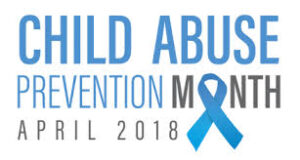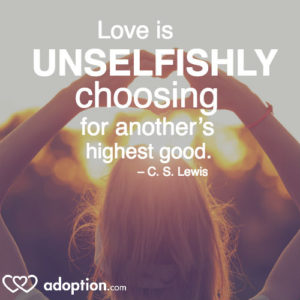April 10, 2018
Resources for Child Abuse Prevention Month
Last week we mentioned on the blog that April is National Child Abuse Prevention Month, and this week we want to share resources to encourage broader awareness. This month is of paramount importance, whether or not you have children. It is up to every single one of us to be aware of the signs of child abuse so that we can be advocates for children everywhere—helping to ensure their safety, health, and happiness. Understanding how to recognize the signs of child abuse and knowing how to report suspicious behavior is a life-saving skill.
The Child Welfare Information Gateway has some excellent resources on how to spot child abuse, and what to do if you suspect a child is being abused. “Anyone can and should report suspected child abuse or neglect. If you think a child is being mistreated, take immediate action. Most states have a toll-free number for reporting. To find out how to make a report in your state, see the Information Gateway publication State Child Abuse and Neglect Reporting Numbers here.”
This expert toolkit about childhood abuse is specifically designed for military members and their families and includes a vast wealth of resources.
Prevent Child Abuse America has created a brilliant campaign centered around the pinwheel, and here is their excellent campaign you can donate to!
Register for this informative digital dialogue on Wednesday, April 18, where you can “learn about the importance of partnering with the business community in cross-sector networks for preventing early adversity. Specific business engagement policies and practices will be highlighted.” Register here!
Ten divine resources fighting child abuse that need your contributions and support.
Everyone has a role in child abuse prevention. “Child sexual abuse is a problem that 1 in 10 children will experience before they turn 18,” said Dan Duffy, President and CEO of Prevent Child Abuse America. “To truly address this problem, we need programs that protect children from sexual abuse alongside evidence-based treatment for children who have been victimized. In order to create communities free from child sexual abuse, we need to prioritize public awareness and adult education programs that teach the signs of child sexual abuse and the steps necessary to protect children.’”
Know of child abuse prevention resources in your area? Send them our way and we’ll make sure they reach a broader audience!



